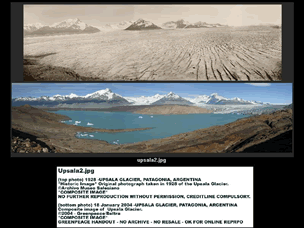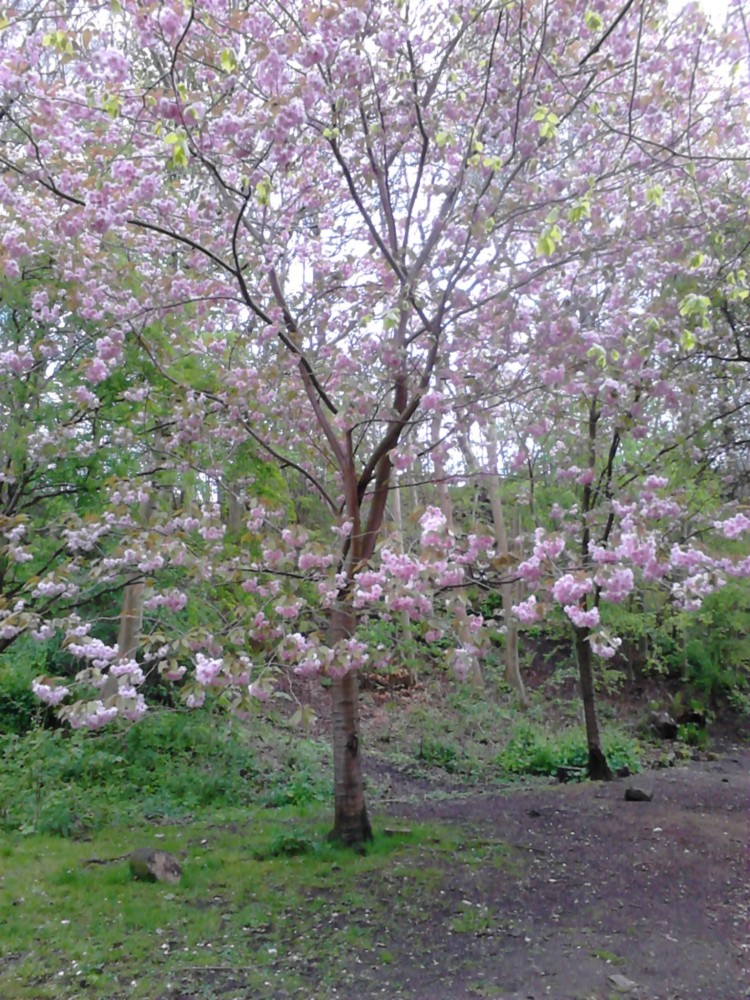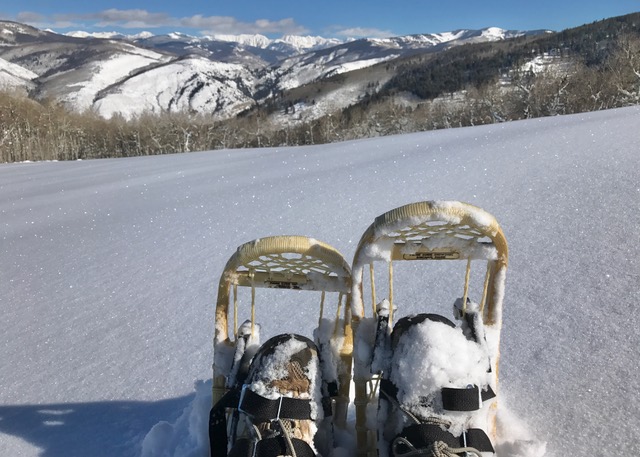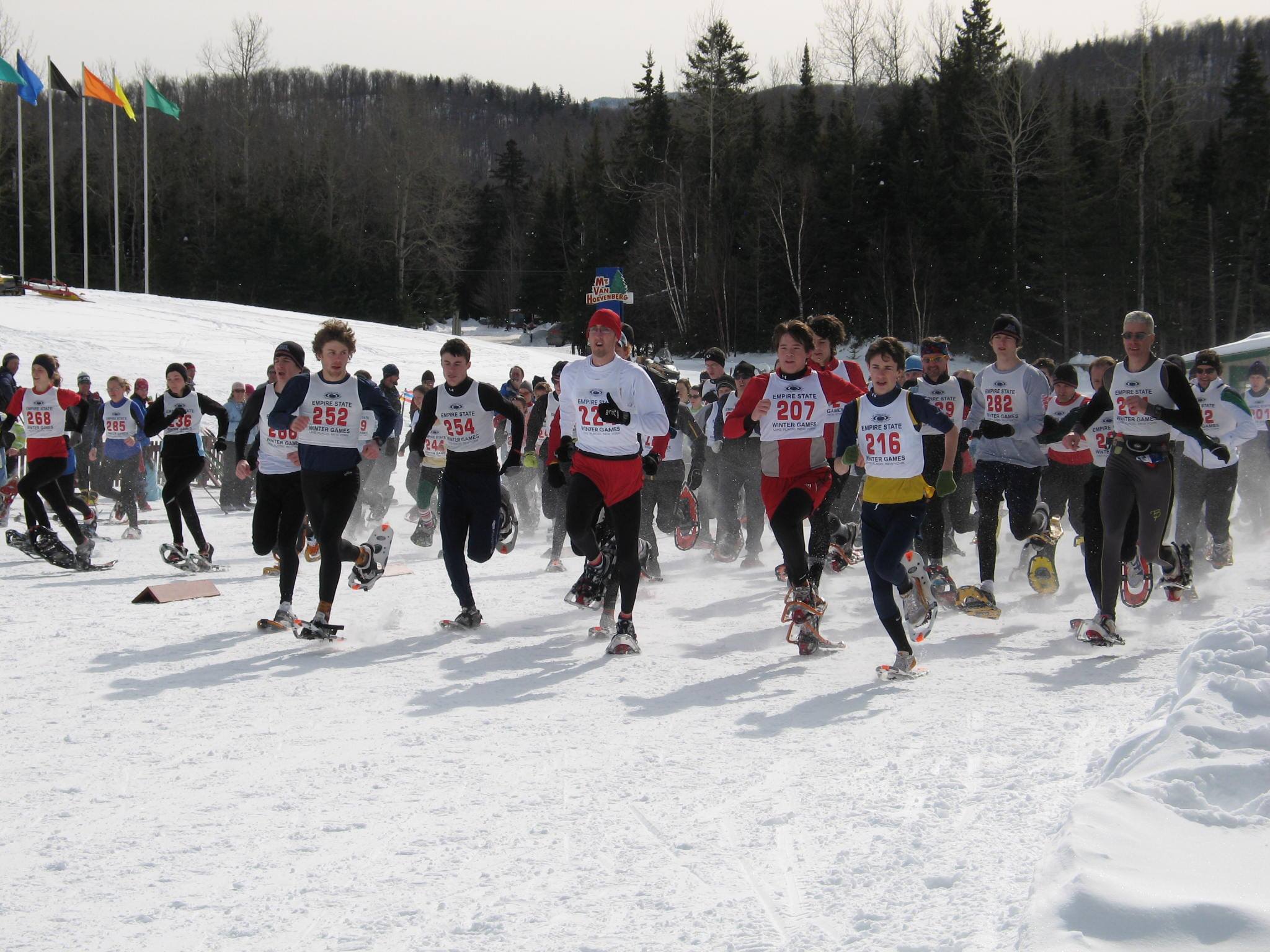After a recent trip to Alaska, my sister’s first words to me when she returned weren’t about the incredible beauty of the state or the vast mountains they visited. Instead, she told me that I needed to immediately pack up my kids and take them to see the glaciers before they disappeared completely.
As the climate changes and the earth becomes warmer, we are seeing an alarming decrease in the amount of glacial ice around the world consistent with an increase of 0.6-1.0° Celsius in alpine temperatures. As a result, mountain glaciers have become thinner, lost mass, and retreated by amounts unprecedented in the last 10,000 years. For example, in the Alps, scientists estimate that glaciers have retreated thirty to forty percent since 1850.

At this rate, experts predict that a quarter of the world’s glacial area could disappear by 2050 and half by 2100. In addition to the loss of glacier mass, the sea level around the world is expected to rise, having already risen between ten to twenty five centimeters in the last century, although this varies from region to region. Increasing glacial melt will also contribute to changes in regional water supplies, making some areas more prone to flooding and others likely to experience shortages. Ski and snowshoe areas will slowly begin to disappear, and alpine tourism will be negatively affected as there are fewer places for winter sports enthusiasts to pursue their passions.
As fossil fuels are burned, they give off warming gases. These gases, also known as greenhouse gases, continue to increase in the atmosphere and are the cause of the increase in global temperatures. The most significant of these gases is carbon dioxide with concentrations of this already thirty percent higher than they were before the Industrial Revolution.
Because the glacier retreat is a direct result of global warming emissions, there are several things that we can do to protect our world and guide the fate of our sport. Kristin Casper of Greenpeace states that one of the most important things we can do is to contact our leaders and inform them that we want clean energy to become a priority. It is imperative to let our senators, representatives, and the next President know that now is the time to take action and to stop making excuses. What with the upcoming election, we can make a difference by writing to the candidates and letting them know that they will not get our votes if they continue to put clean energy behind other national and international issues. To find addresses for elected officials, you can visit http://www.congress.org/congressorg/home/ and type in your zip code to find contact information for both local leaders as well as the president and his administration.
On an international level, the Kyoto Protocol, an agreement by more than 160 countries to limit the amount of greenhouse emissions for developed nations, is moving forward despite the United States refusal to participate. Russia is expected to ratify it. Furthermore, 90 countries have now joined the Johannesberg Renewable Energy Coalition, although once again, the United States is not one of them, a disturbing fact since our country burns the most fossil fuels yet is the least likely to help in fighting decrease the amount of global emissions. Perhaps with enough persuasion from our country’s citizens, we can convince our government that they can no longer waste time on this very important issue.
Ms. Casper also states that there are simple ways we can take action on a more local level. We can use solar power at home and in our schools, and we can practice environmental responsibility by driving less, using less electricity, and becoming more efficient in our conservation efforts. For example, turn the lights off when you leave a room and don’t stand in front of the refrigerator with the door open while searching for a snack. These are all important steps to teach ourselves and our children.
She stresses that we don’t need to compromise the lifestyles that we’ve become accustomed to, we merely need to make a few changes such as the ones suggested above. The bottom line is that the sport of snowshoeing relies on everyone taking action, whether at the local, national, or international level.
For more information on global warming and the glacial retreat, please visit http://www.greenpeace.org.





